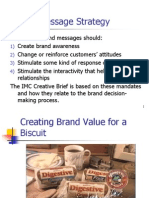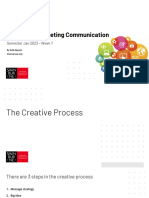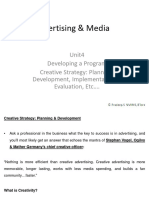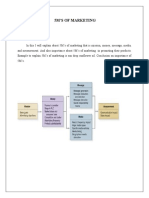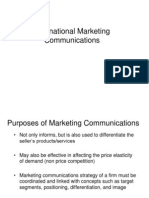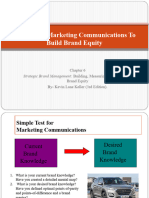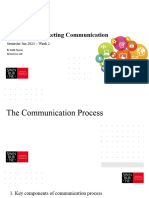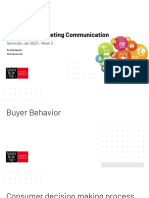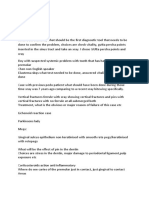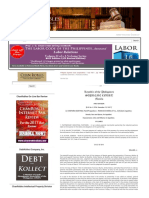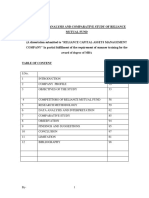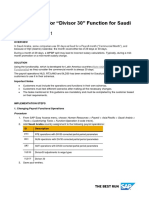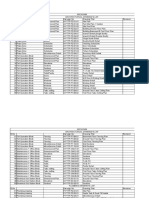0% found this document useful (0 votes)
43 views30 pagesIMC Note Week 6
This document discusses key concepts relating to integrated marketing communication messages and persuasion techniques. It covers 4 types of messages - product, service, planned, and unplanned messages. It also discusses the importance of message consistency and structure. The document then discusses what makes advertising creative and provides 9 criteria for creative advertising. Finally, it explores different modes of persuasion including emotional, logical, and credibility appeals, as well as common persuasive techniques.
Uploaded by
Văn Ngọc Tuấn KiệtCopyright
© © All Rights Reserved
We take content rights seriously. If you suspect this is your content, claim it here.
Available Formats
Download as PDF, TXT or read online on Scribd
0% found this document useful (0 votes)
43 views30 pagesIMC Note Week 6
This document discusses key concepts relating to integrated marketing communication messages and persuasion techniques. It covers 4 types of messages - product, service, planned, and unplanned messages. It also discusses the importance of message consistency and structure. The document then discusses what makes advertising creative and provides 9 criteria for creative advertising. Finally, it explores different modes of persuasion including emotional, logical, and credibility appeals, as well as common persuasive techniques.
Uploaded by
Văn Ngọc Tuấn KiệtCopyright
© © All Rights Reserved
We take content rights seriously. If you suspect this is your content, claim it here.
Available Formats
Download as PDF, TXT or read online on Scribd
/ 30

